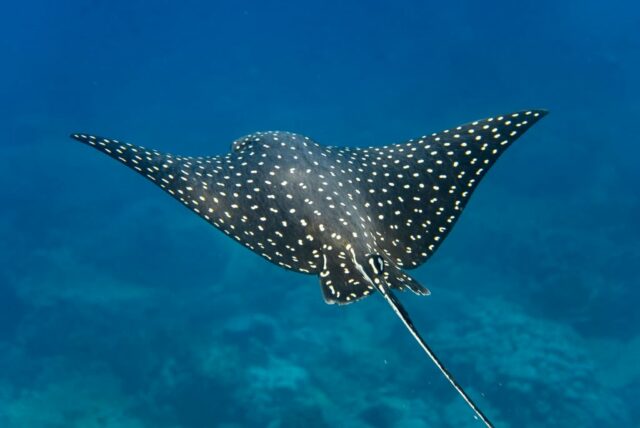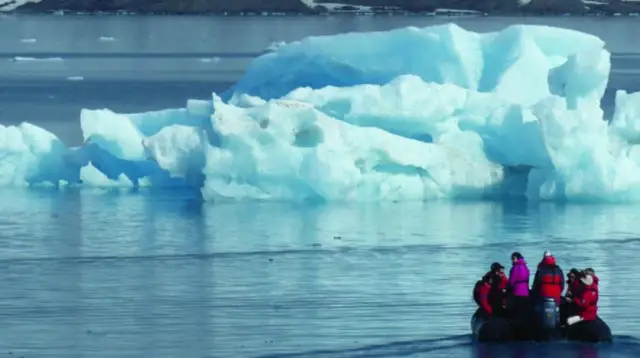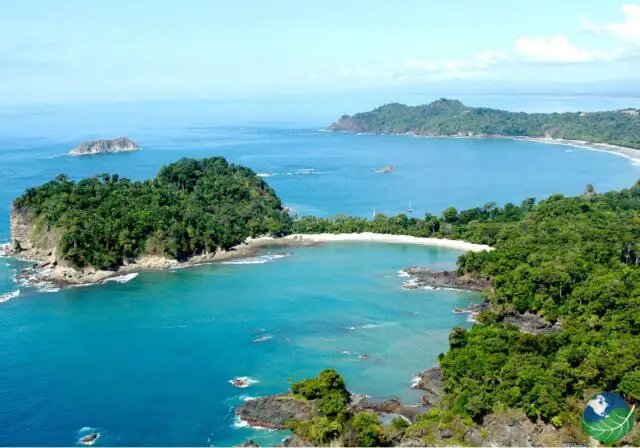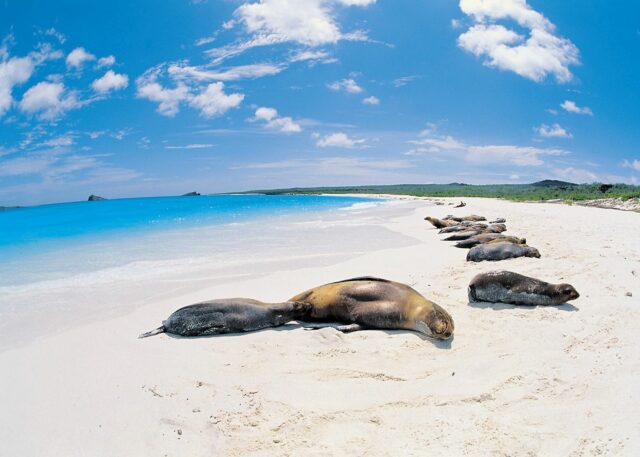Costa Rica is internationally recognized for its high diversity of species and ecosystems, both in its terrestrial and marine environments, and has made significant progress in the selection of priority sites for the conservation of terrestrial and inland water biodiversity through a system of protected areas.
That is why Costa Rica has launched a regional project that promotes the conservation of aquatic terrestrial ecosystems in the American continent by creating a fund in Latin America to finance the long-term conservation of the 30×30 goals.
The initiative came up with the name “El Fondo Azul por Siempre” (The Blue Fund Forever), beginning with an economic contribution of 3.5 million dollars, it aims to comply with and maintain the protection of 30% of the land and sea area of the Central American country towards the 2030.

The 30×30 goals are promoted by a High Ambition Coalition for Nature and People, an intergovernmental group co-chaired by Costa Rica and France with the participation of some fifty countries, including Chile, Colombia, the Dominican Republic, Ecuador, Guatemala, Mexico, Nicaragua, Panama and Peru. Costa Rica being one of the countries in the region that has 6% of the world’s biodiversity, according to Mónica Gamboa, Marine Conservation Manager of the “Por Siempre Costa Rica” Association.
Importance of marine life in regulating the temperature of the oceans

Gamboa explained the importance of marine life in regulating the temperature of the oceans, highlighting that the country has 8% of continental territory and an impressive 92% of marine territory, assuring that it is crucial to maintain the integrity of mangrove ecosystems, coral reefs and the seabed for fish populations.
The official explained that the country enjoys two important marine conservation areas: the Caño Island Biological Reserve and the Cocos Island National Park. The first is located in the South Pacific about 16km northwest of the Osa Peninsula, Puntarenas, it consists of 320 land hectares and 5,800 marine, it also has one of the most extensive coral formations and with the best condition of the Pacific Coast. of the country, contains five coral platforms with extensions ranging from 0.8 to 4.2 hectares.

The second reservoir is the Isla del Coco National Park, which is located in the Costa Rican Pacific Ocean, at a distance of 500 kilometers from the coast. This constitutes one of the 169 protected wild areas of the country, created in 1978, including the terrestrial part of Isla del Coco and the surrounding islets, as well as an area of 12 nautical miles around the island.
This place was recognized worldwide as an exceptional reservoir of biodiversity and endemism declared a World Heritage Site by UNESCO in 1997, a Ramsar site in 1998, Historical Heritage of Costa Rica in 2002 and a finalist to be designated as one of the seven new wonders of the world, it is considered one of the best ten sites for recreational diving of humanity.
Gambo said that the non-profit organization that she represents has more than ten years of experience in environmental initiatives, and is the one that has managed said fund, who have been key allies in the creation of four more marine protected areas that are : Cabo Blanco, Santa Elena Bay, Submarine Mountains and Barra del Colorado that have added more than 11,000 square kilometers to the map of protected areas in the country declared a natural reservoir of humanity.
A small nation with a big perspective

In this sense, Gamboa considered that the country has prioritized marine conservation issues in recent years, formulating a discussion focused on Cocos Island that seeks to expand it to protect species that are currently in danger in the longer term, such as sharks, recalling the importance of the place due to its connection with the Galapagos Islands in Ecuador and with Panama, since, without protection in the area, these species continue to be fished. “Therefore, it is key for Costa Rica to move forward,” she said.
This is precisely one of the areas that the Fund intends to protect. Initially, it would be venturing into the financial strengthening of the necessary actions for the conservation and sustainable use of the waters near the Cocos Island National Park and in the South Pacific.
Both are sites characterized by their abundant and endemic biodiversity, which makes them places of high ecological value”, said Costa Rica, Barra del Colorado. Once the 30×30 goal has been achieved, it is intended that the protected area be managed efficiently.

